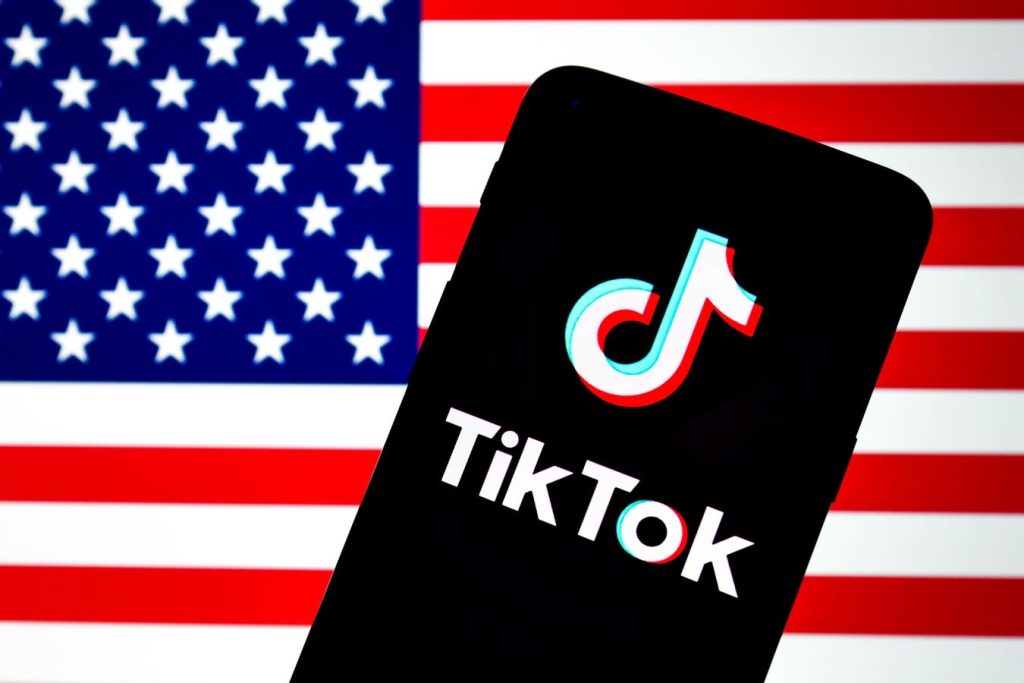As creators wind down 2024 and set their strategies for 2025, an urgent challenge looms on the horizon – a potential TikTok ban that’s just two weeks away.
President-elect Donald Trump has asked the Supreme Court to delay implementing legislation that would either ban TikTok or force its sale, stating he needs time after taking office to seek a “political resolution.” The Court will hear arguments in the case on January 10th.
However, for creators and brands who have built their businesses on TikTok, preparation for a ban isn’t just prudent—it’s essential. Full disclaimer, I am not a lawyer and these are just personal recommendations based on industry experience.
Contract Considerations
The first priority for creators and brands should be reviewing and updating their legal agreements. Any partnership or sponsorship agreement must include specific provisions addressing TikTok unavailability. This includes establishing backup platform requirements and defining clear compensation adjustments if deliverables cannot be posted on the original platform.
For existing contracts, reviewing Force Majeure clauses becomes crucial. These provisions may determine how partnerships proceed if TikTok becomes unavailable. Creators and brands should proactively discuss contingency plans with their partners rather than waiting for a crisis.
Protecting Your Brand and Content
Immediate steps for brand protection include securing usernames on emerging platforms like Threads and Bluesky. For creators who haven’t yet protected their intellectual property, trademark registration should be a priority for early 2025.
Content protection requires immediate action. Creators should download and archive all their TikTok content, ensuring they maintain access to their creative assets regardless of platform availability. This includes:
- Video content
- Performance metrics
- Audience engagement data
- Partnership history
Audience Communication and Migration
Clear communication becomes crucial during platform transitions. Creators should develop explicit plans for notifying their audience about where to find them if TikTok becomes unavailable. This includes providing clear calls-to-action (CTAs) directing followers to other platforms and establishing backup communication channels.
Information Management
In times of uncertainty, distinguishing between reliable information and speculation becomes crucial. Creators should focus on monitoring:
- Official ByteDance communications
- U.S. government press releases
- Established legal news sources
Avoiding speculative social media commentary and clickbait becomes essential for making informed business decisions.
Building Platform Independence
The potential TikTok ban highlights a broader truth about the creator economy: platform dependency creates inherent business risks. Forward-thinking creators should use this moment to think about building more resilient business models:
- Developing direct-to-consumer products
- Creating owned media eg email newsletters
- Establishing private communities
- Developing platform-agnostic brand partnerships
Long-term Strategic Considerations
While the immediate focus centers on TikTok, the lessons extend to all digital creators. Whether or not a ban materializes, building platform independence and direct audience relationships will create a more sustainable creator business.
Read the full article here









